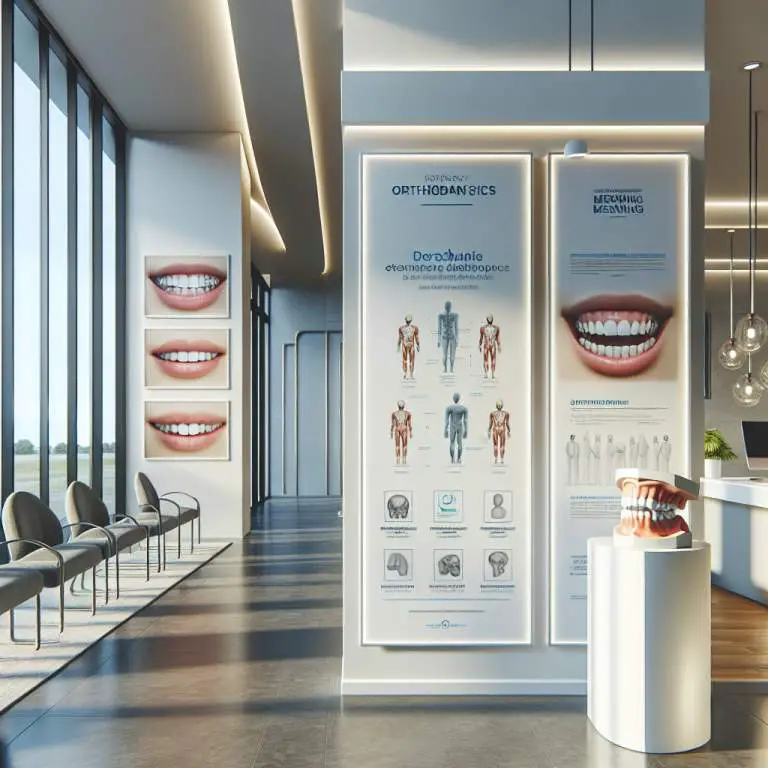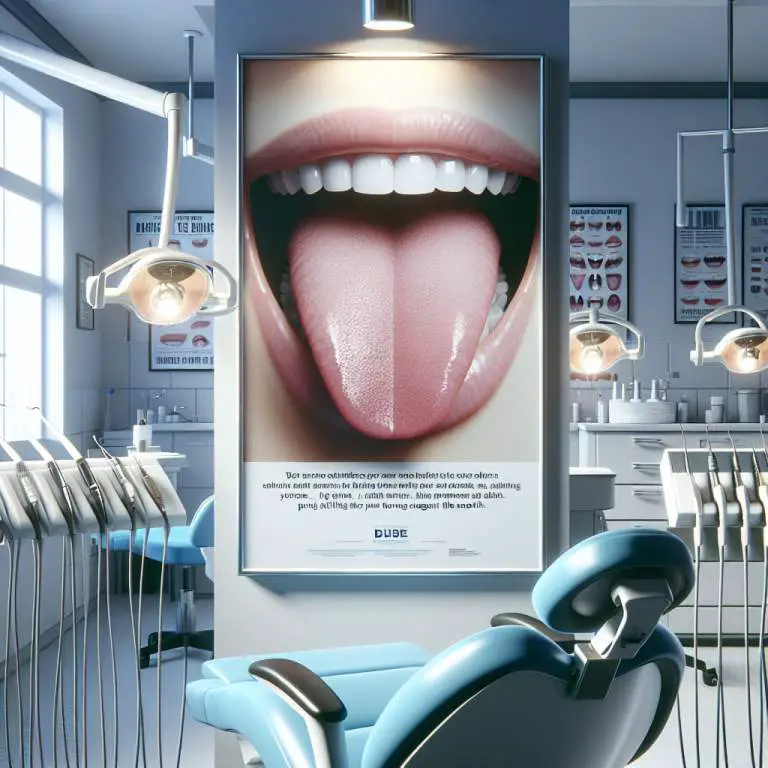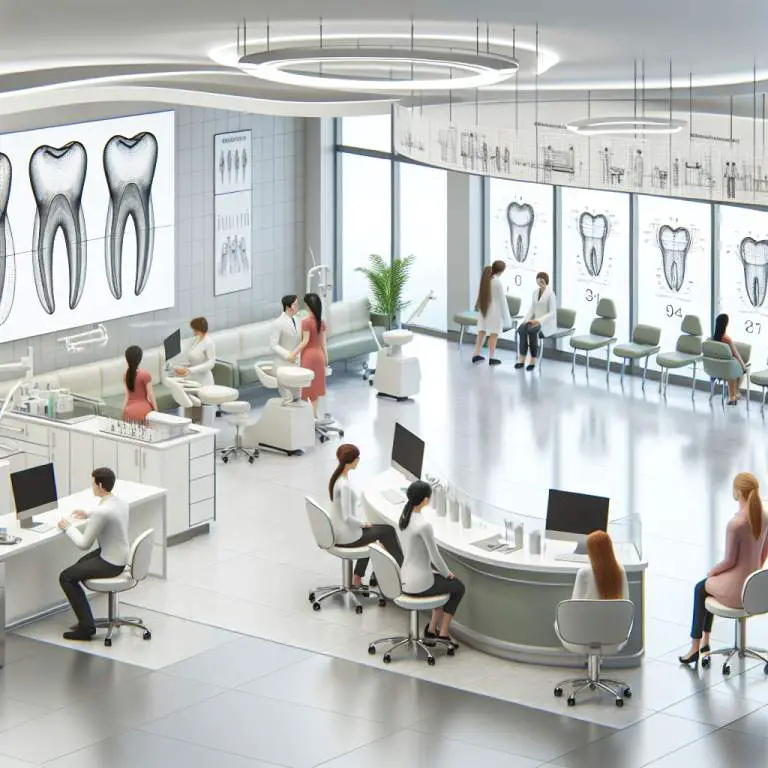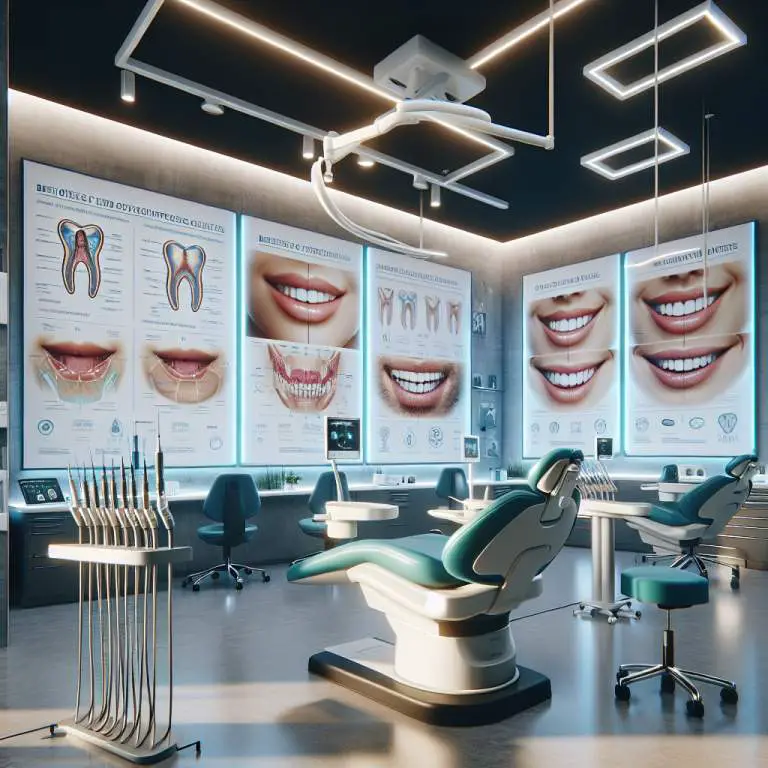Can mewing improve jawline definition in cases where orthodontics have failed?
Mewing, a technique that involves proper tongue posture, may help improve jawline definition in some cases where orthodontics have not delivered desired results. By consistently placing the tongue against the roof of the mouth and maintaining correct oral posture, individuals might see enhancements in facial structure over time. However, it’s important to note that results can vary greatly from person to person and mewing is not a guaranteed solution for everyone seeking sharper jawline definition.

How does mewing differ from traditional orthodontic treatments?
Mewing is a technique that’s quite different from what you might see at the dentist’s office. While traditional orthodontic treatments often involve braces or retainers to straighten teeth, mewing focuses on the position of your tongue. It’s all about how you rest your tongue against the roof of your mouth.
This method doesn’t use any tools or devices. Instead, it relies on the natural pressure of your tongue to potentially reshape your jawline over time. The idea is that by keeping your tongue in this specific position, you can influence the way your face looks, which is a big step away from the metal wires and brackets of braces.
What are the principles behind mewing and how do they affect the jawline?
The main principle behind mewing is pretty straightforward. It suggests that by placing your tongue against the roof of your mouth and maintaining good posture, you can change how your jawline appears. This technique emphasizes proper tongue posture as a key element in facial structure.
When you practice mewing correctly, it’s believed to help align your jaws properly. This alignment could lead to a more defined jawline over time because it encourages the bones in your face to grow in a certain way. Think of it like guiding a plant to grow straight by tying it to a stick; mewing aims to guide the growth and positioning of your jaw.
Can mewing reshape the adult jawline, and if so, how?
Many people wonder if mewing can really make a difference for adults since most bone growth happens when we’re younger. The truth is, while it might be more challenging for adults, some believe that consistent practice can still influence the shape of their jawline. This is because our bones can still change slightly through what’s called “bone remodeling.”
Bone remodeling allows for small adjustments in bone structure even after we’ve stopped growing taller. By applying constant pressure with the tongue against the roof of the mouth, as suggested by mewing practices, some adults may see changes in their facial structure over time. However, these changes are often subtle and require patience and consistency.
What evidence exists to support the effectiveness of mewing in improving jawline definition?
The evidence supporting mewing comes from various sources including personal testimonials and before-and-after photos shared online by individuals who have tried this technique. Many people claim significant improvements in their facial structure after practicing mewing for an extended period.
However, it’s important to note that scientific research on mewing specifically is limited. Most professional opinions come from orthodontists and other dental professionals who observe changes in patients’ facial structures due to similar principles applied during orthodontic treatment. While direct scientific studies on mewing are scarce, related research supports theories about bone remodeling and facial muscle use influencing overall appearance.
| Aspect | Braces/Aligners | Mewing |
|---|---|---|
| Primary Purpose | Correct teeth alignment and bite issues | Promote proper tongue posture to potentially influence jawline and facial structure |
| Methodology | Physical devices applying constant pressure to teeth | Technique involving tongue placement against the roof of the mouth |
| Effectiveness Timeframe | Months to years, depending on severity of misalignment | Varies widely; anecdotal evidence suggests months to years for noticeable changes, if any |
| Evidence Base | Extensive clinical research supports effectiveness in correcting dental issues | Limited scientific research; mostly anecdotal evidence and theoretical benefits proposed by proponents |
| Potential for Improvement After Orthodontics Failures | N/A – is the primary treatment method for orthodontic issues. | |
| Risks/Side Effects | Possible discomfort, pain, tooth decay (if not properly cleaned), and risk of relapse after removal without retainer use. | |
| Suitable For | ||
How long does it take to see results from mewing, especially after having had orthodontic treatment?
The time it takes to see results from mewing can vary widely among individuals. For some, noticeable changes may begin within a few months, while for others, it might take a year or more. This variation is due in part to the differences in bone density, age, and consistency in practicing proper tongue posture.
For those who have undergone orthodontic treatment previously, the timeline to see results from mewing could be slightly different. Orthodontic treatments might have already altered the structure of the jaw and teeth alignment, which could either accelerate or slow down the process of seeing changes from mewing.
Are there any risks or potential side effects associated with mewing?
Mewing is generally considered safe as it involves natural positioning of the tongue against the roof of the mouth. However, if done incorrectly, there could be potential risks such as temporomandibular joint (TMJ) pain or discomfort. It’s important to ensure that the technique is practiced correctly to avoid any adverse effects.
Additionally, excessive force or incorrect posture can lead to dental issues or misalignment. It’s crucial for individuals to research properly or consult with a professional before attempting mewing, especially if they have existing dental or jaw-related concerns.
What additional practices can complement mewing for better results?
To enhance the effects of mewing, incorporating facial exercises aimed at strengthening jaw muscles can be beneficial. These exercises can help in further defining the jawline and improving overall facial symmetry. Consistency in these practices plays a key role in achieving desired outcomes.
Another complementary practice is maintaining good overall posture. A straight spine and aligned head position support the correct tongue posture encouraged by mewing. Additionally, adopting a healthy lifestyle that includes a balanced diet and regular exercise contributes positively to changes in facial aesthetics.
Final Thoughts
Mewing presents an intriguing approach towards improving facial structure and jawline definition without invasive procedures. While individual results may vary and depend on several factors including previous orthodontic treatments, consistent practice remains crucial.
Risks associated with incorrect techniques highlight the importance of proper guidance when attempting mewing. Complementing this practice with additional exercises and maintaining good posture can enhance its effectiveness. Ultimately, patience and persistence are key as changes occur gradually over time.







